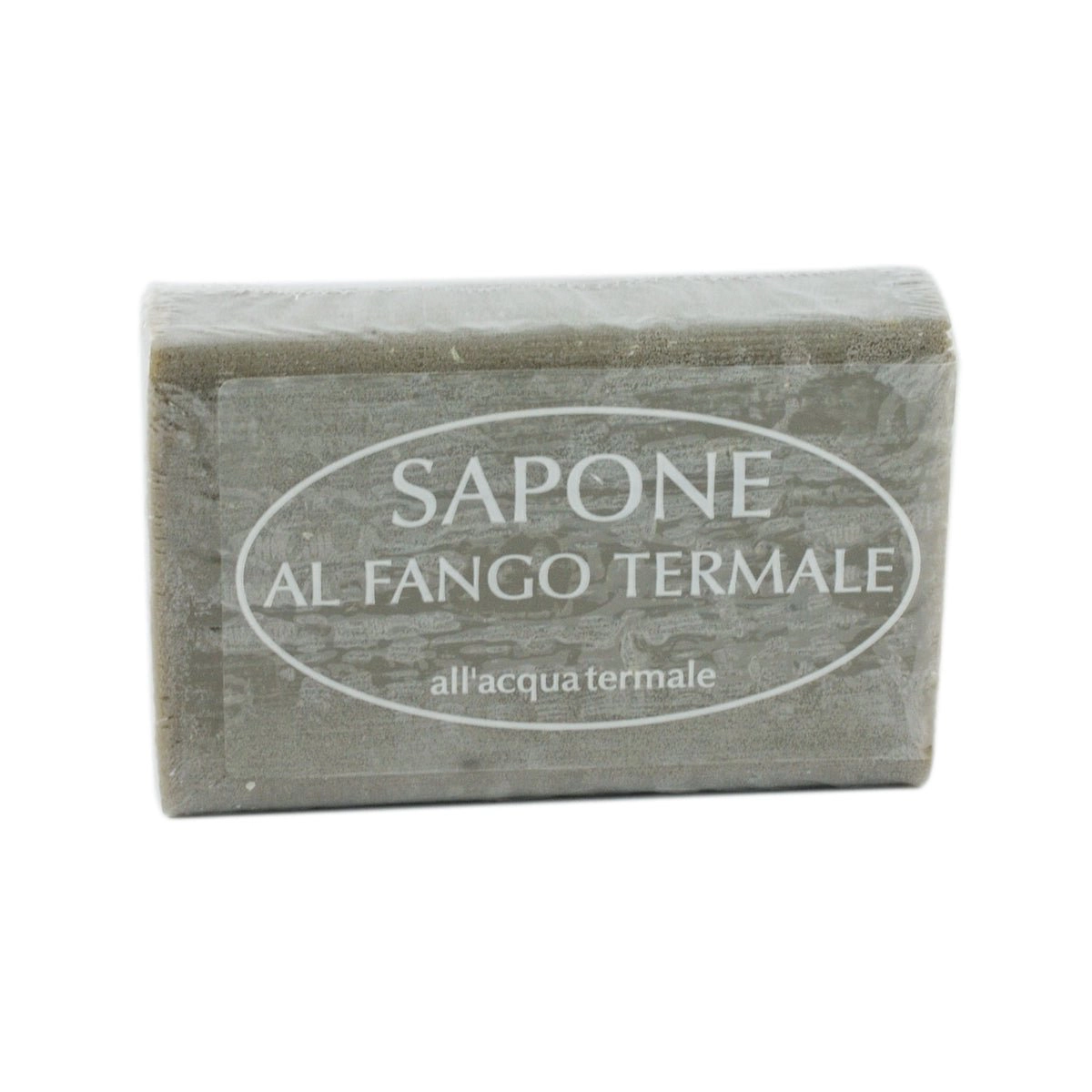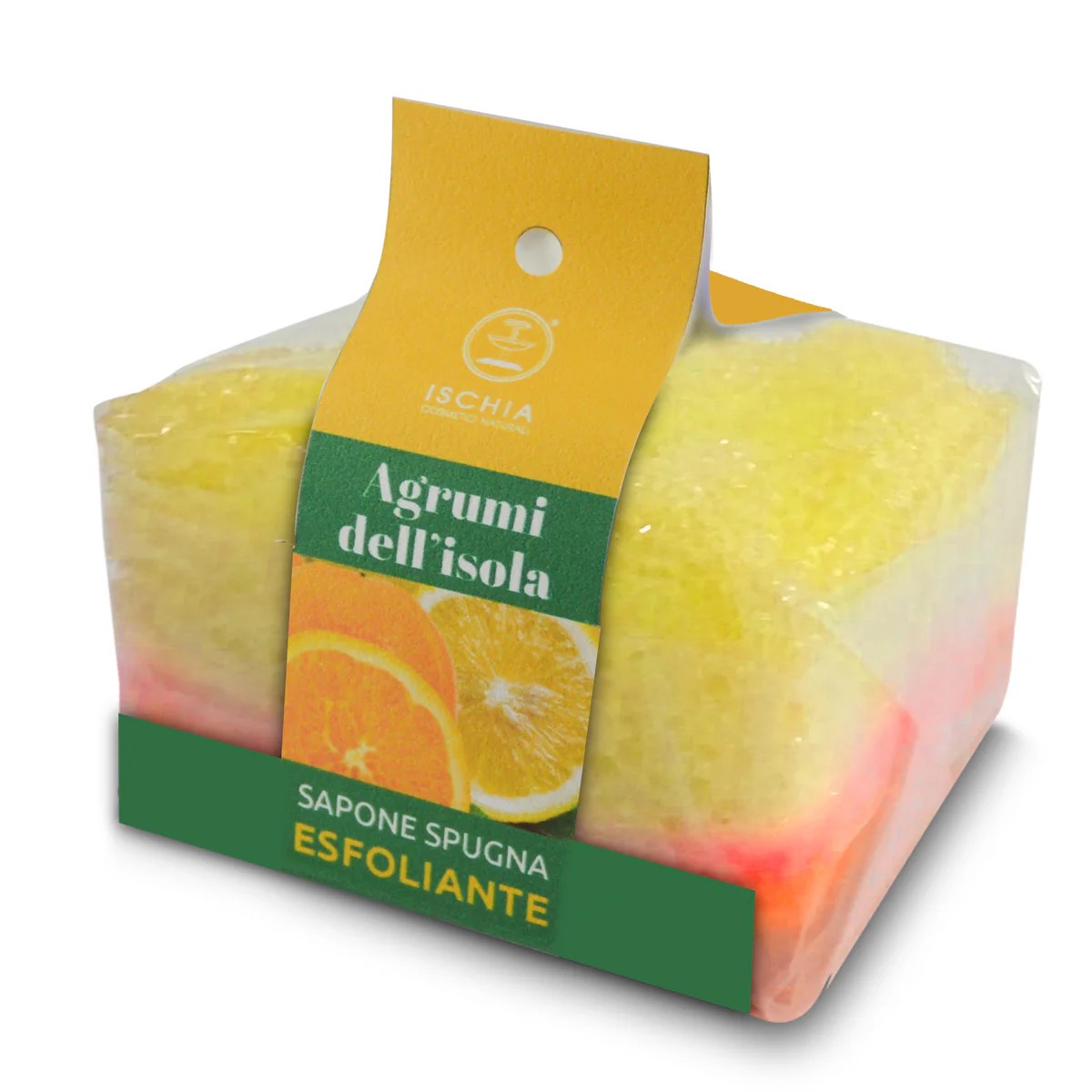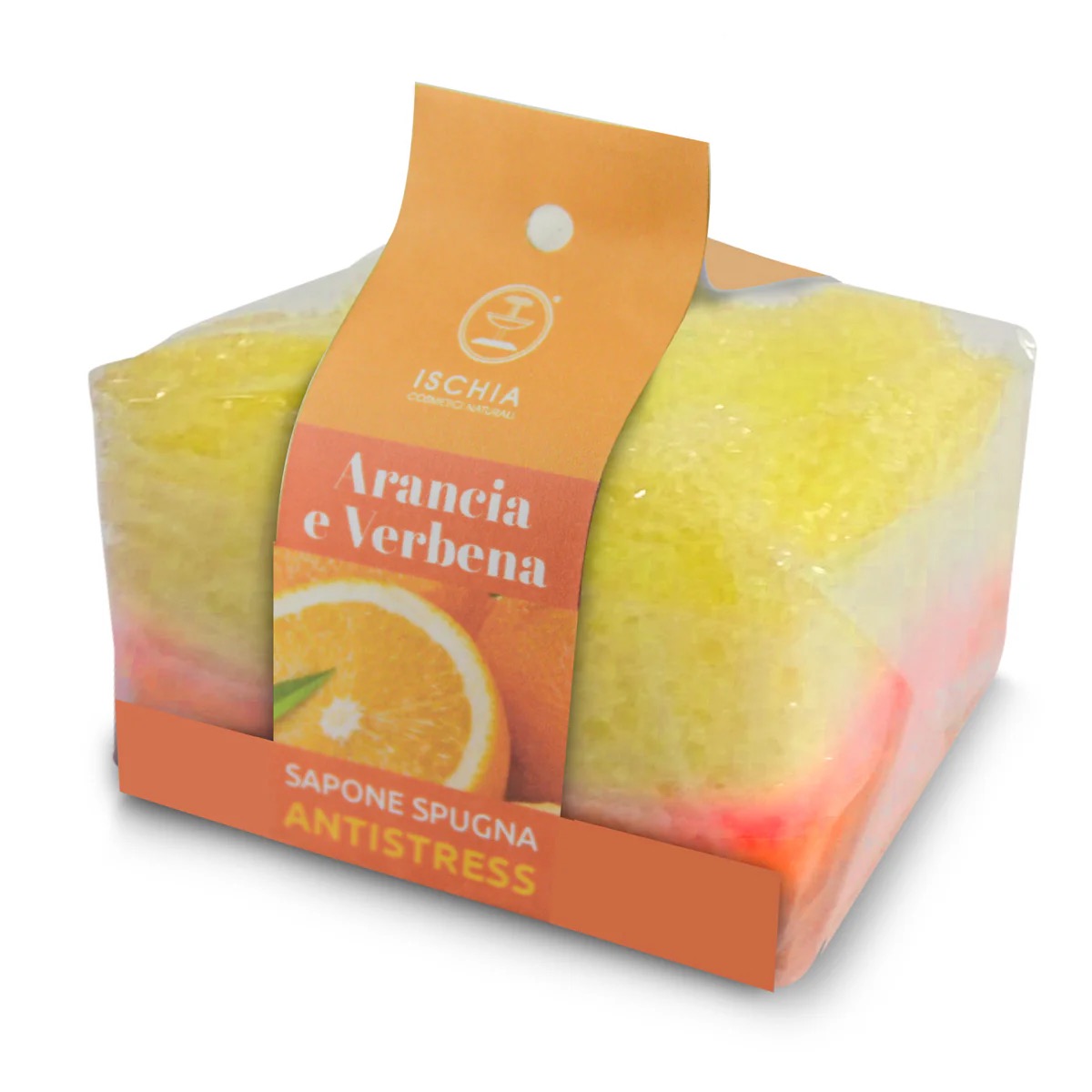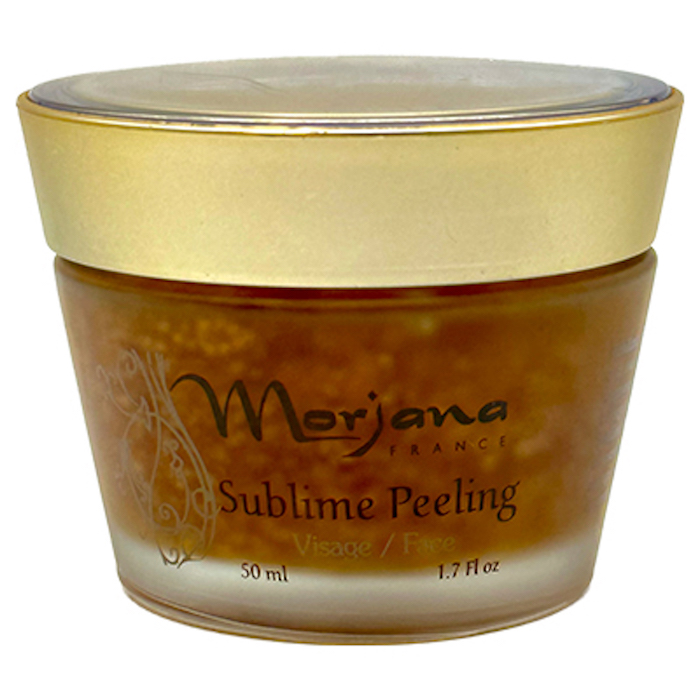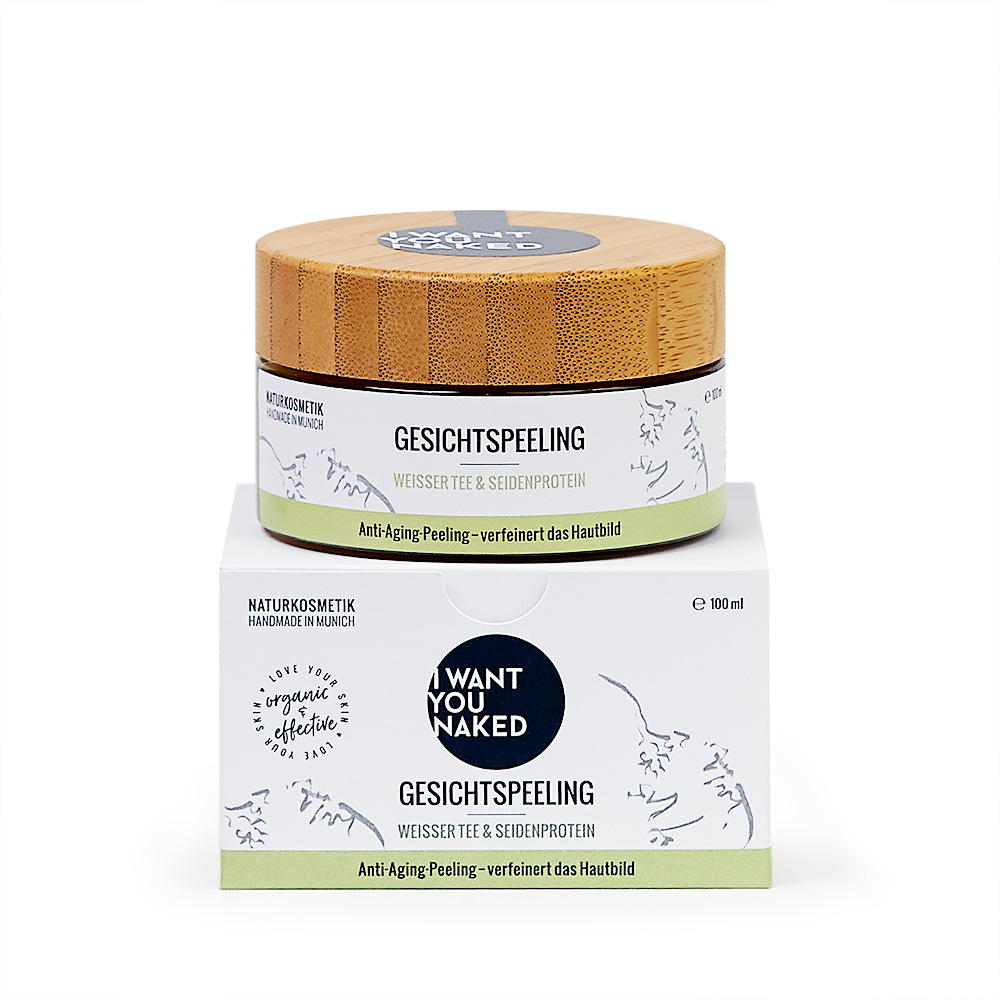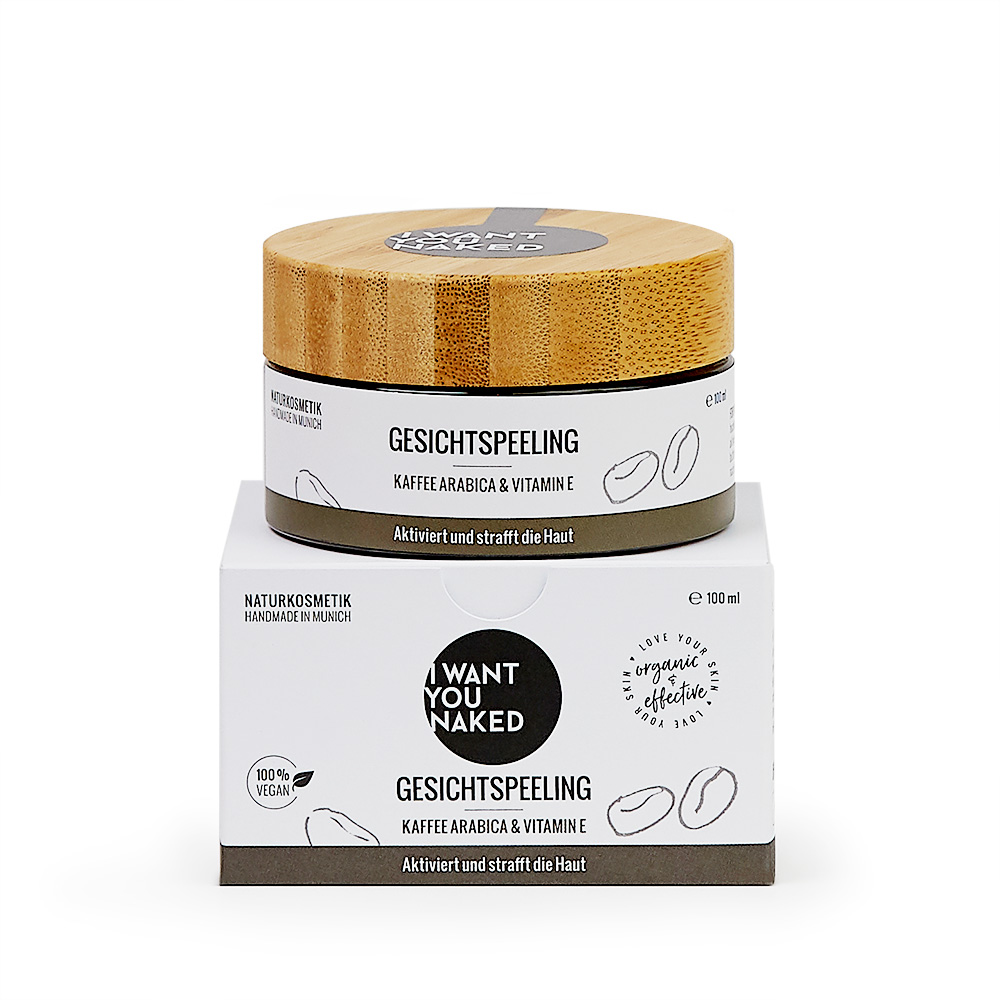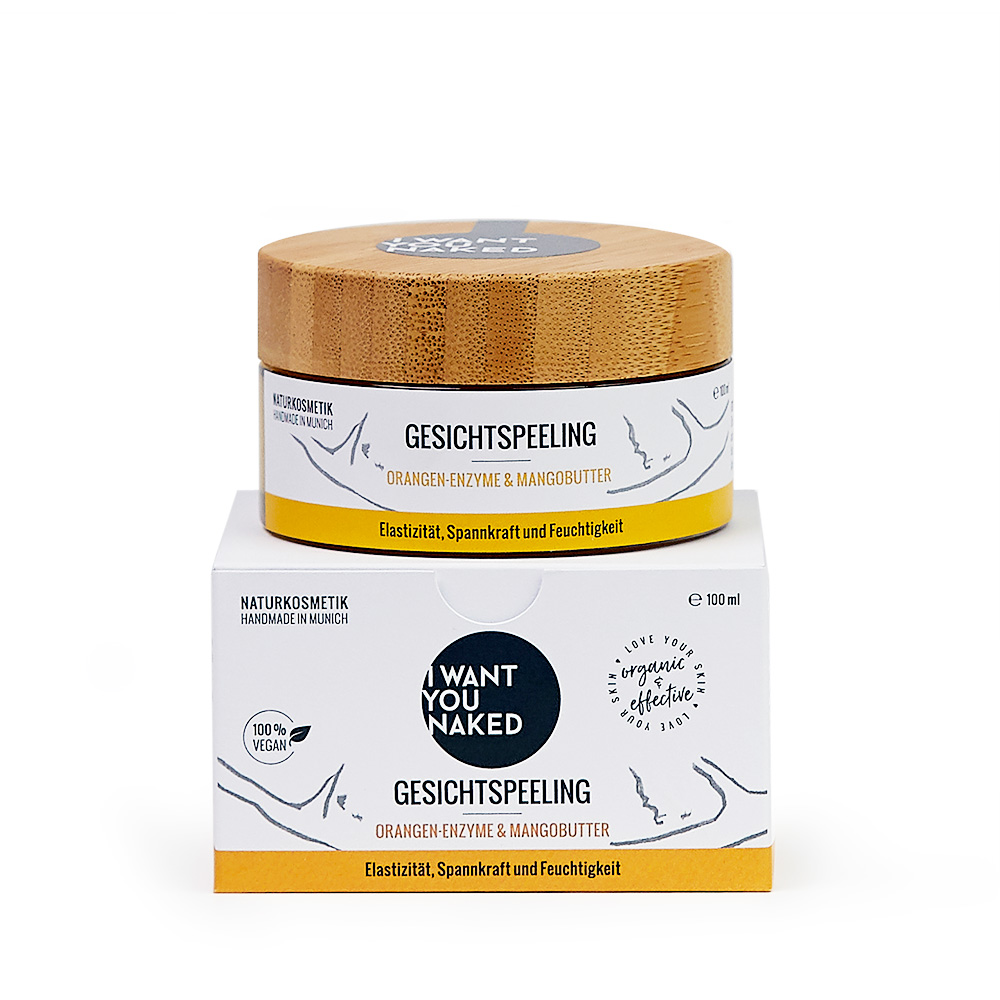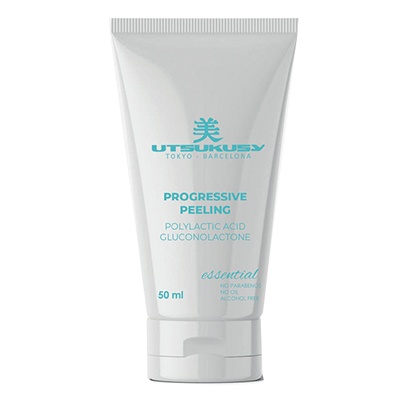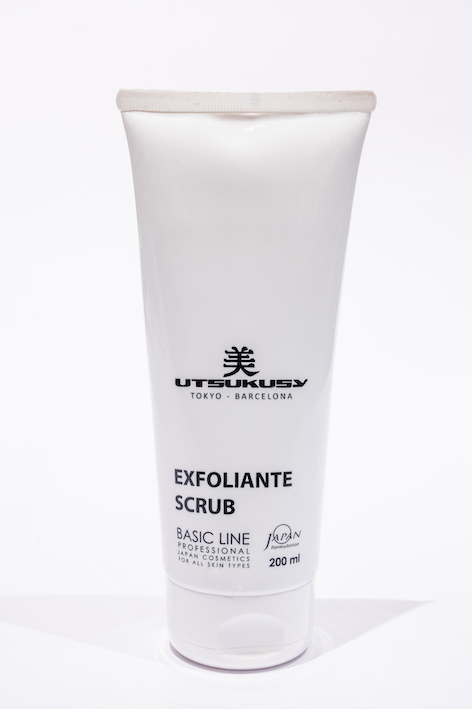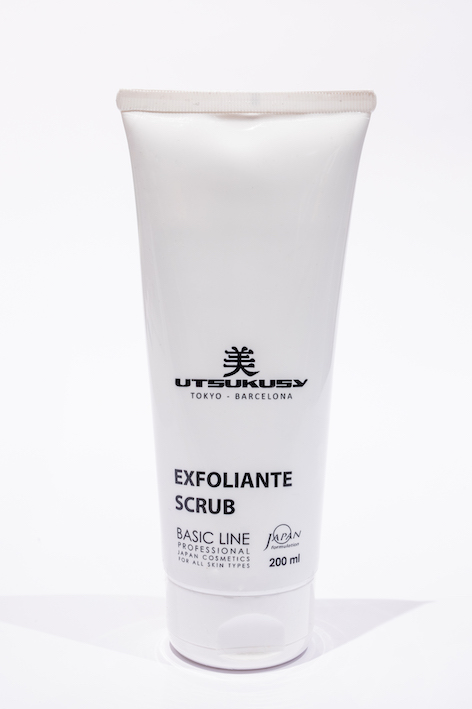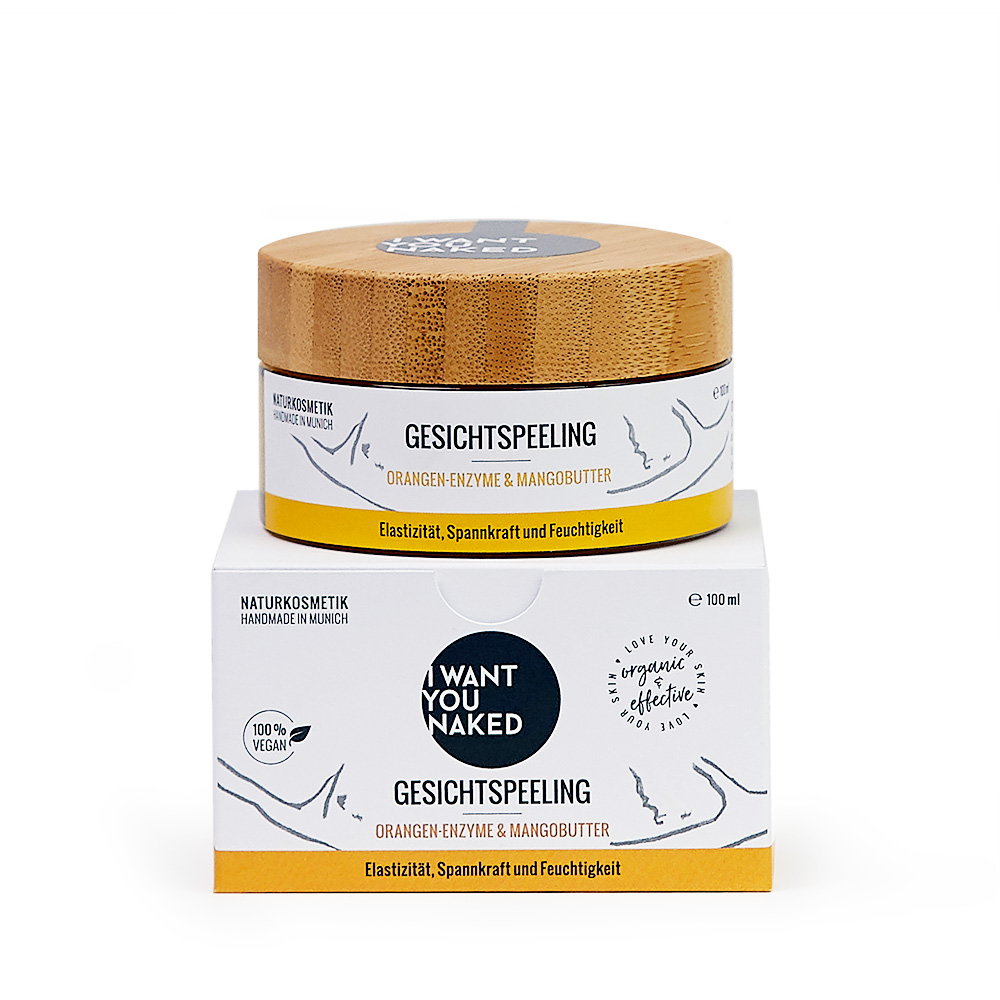Peeling
Content: 75 Gramm (€9.99* / 100 Gramm)
Content: 50 Milliliter (€59.80* / 100 Milliliter)
Content: 50 ml (€103.80* / 100 ml)
Content: 200 ml (€224.50* / 1000 ml)
Peeling for the face - what types are there and what do they do?
It is one of the most widely used anti-ageing treatments for the face. Peelings often also serve as a very effective preparatory treatment for other cosmetic treatments. However, in addition to cosmetic goals, these can also have medical reasons for treatment. The word peeling comes from the English word "to peel" which means to peel. However, the intensive "peeling of the facial skin" is more likely to be part of the medical treatment spectrum than the cosmetic one.
Treatments with cosmetic objectives such as improving the condition of the skin and removing impurities date back to ancient times. Sea salt peelings or fruit acid peelings, such as the one Cleopatra (the last female pharaoh of Egypt) is said to have enjoyed in the form of a bath with donkey's milk, were already being used back then. Let's take a closer look at the different types of scrubs and what a facial scrub can do.
What can a facial scrub do?
Facial scrubs are special products that have been developed to remove dead skin cells from the surface of your skin. This gentle exfoliation stimulates cell renewal and gives your skin a fresh, radiant complexion. Facial peels can also help to refine pores, reduce blemishes and minimise fine lines and wrinkles.
What a peel can achieve often depends on the type and intensity. Basically, the following should be achieved:
1. removal of dead skin cells:
Facial peels contain abrasive particles or chemical substances that gently remove dead skin cells from the surface. This promotes skin renewal and gives the skin a fresh appearance.
2. cleansing of the pores:
Exfoliation not only removes dead skin cells, but also excess oil and dirt that can accumulate in the pores. This helps to clear clogged pores and reduce the risk of blackheads and spots.
3. pore refinement:
Regular use of facial scrubs can help minimise the size of pores, resulting in smoother skin texture and refining the skin's appearance.
4 Stimulation of cell renewal:
Exfoliation stimulates natural cell renewal, which means fresh, youthful skin will surface faster. This can help to reduce the appearance of fine lines and wrinkles.
5. stimulation of collagen synthesis:
Facial peels can promote the production of collagen, a protein responsible for skin firmness and elasticity. This contributes to skin rejuvenation.
6. improvement of blood circulation:
The massaging movements when applying the scrub stimulate blood circulation. Improved circulation provides the skin with more oxygen and nutrients, which promotes its health.
7. reduction of pigmentation spots:
Facial peels can help reduce hyperpigmentation and promote an even skin tone.
8. softening of scars:
Especially for acne scars, regular use of facial peels can help improve the appearance of scars.
9. preparing the skin for skincare products:
By removing dead cells, facial peels allow for better absorption of active ingredients from subsequently applied skincare products.
Overall, facial peels help keep skin healthy, radiant and youthful by addressing and improving various aspects of skin care. However, it is important to choose the right type and frequency of exfoliation according to skin type and individual needs.
What types of facial peels are there?
Mechanical peels
Mechanical facial peels, often referred to as scrubs, are peeling preparations with abrasive particles such as apricot kernel powder, salts and sugar. However, there are also other mechanical exfoliation methods such as exfoliating brushes and exfoliating gloves, as well as exfoliation using devices such as microdermabrasion.
Basic Line Scrub - Mechanical facial scrub from Utsukusy Cosmetics
You may be wondering how often you should use a mechanical facial scrub. It is usually recommended to use mechanical exfoliators once or twice a week, depending on your skin type and product. It is important to use gentle, circular movements on the skin and not apply too much pressure to avoid irritation. If your skin is prone to dryness, apply the appropriate skin care products afterwards.
Chemical peelings
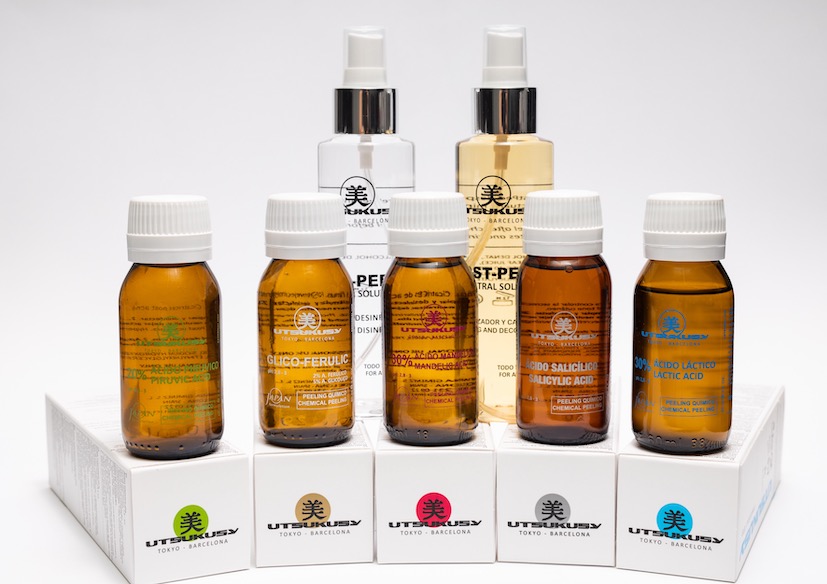
Enzyme peels
Orange Enzyme & Mango Butter Facial Scrub from I WANT YOU NACKED
Thermal peels
So-called thermal facial peelings are not peelings in the classic sense, but laser devices are used to create an effect similar to that of peelings. The intensity of the peeling is determined by the energy density and penetration depth of the laser peeling. There are also so-called carbon laser peels. Here, liquid carbon is first applied to the skin, which binds with skin flakes and impurities as it dries out. A laser is then used to vaporise the carbon layer in a targeted manner.

